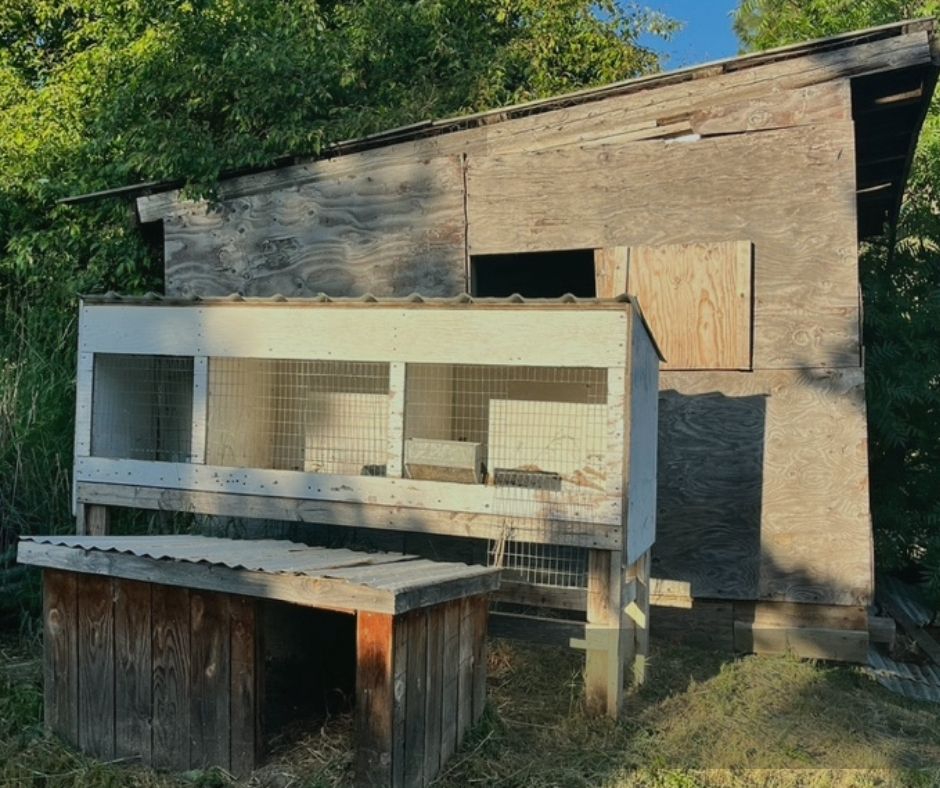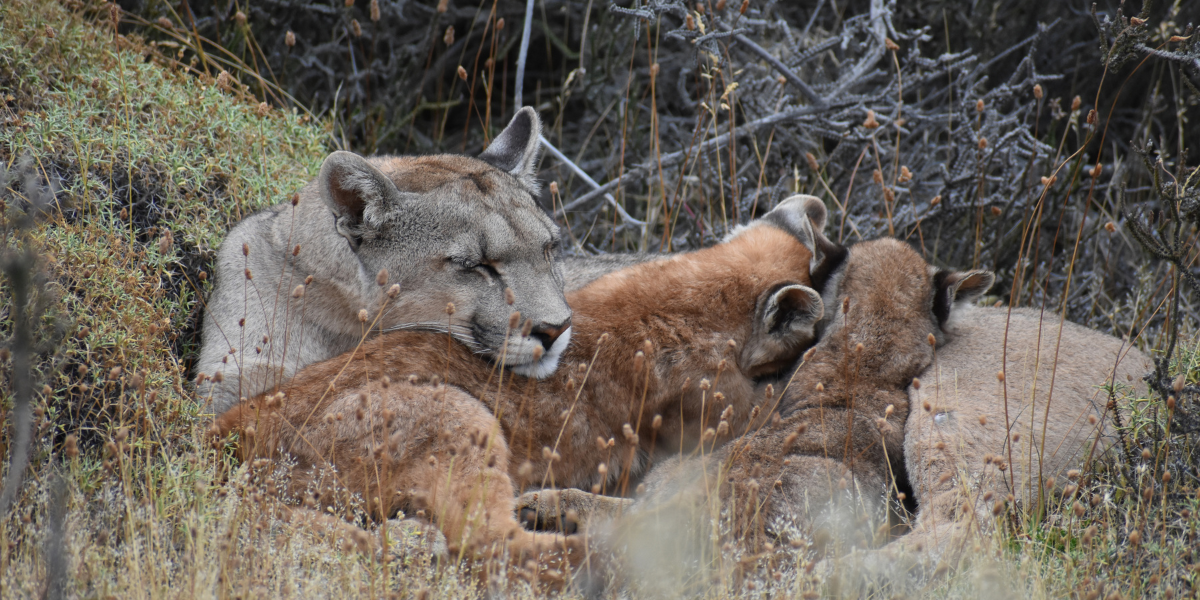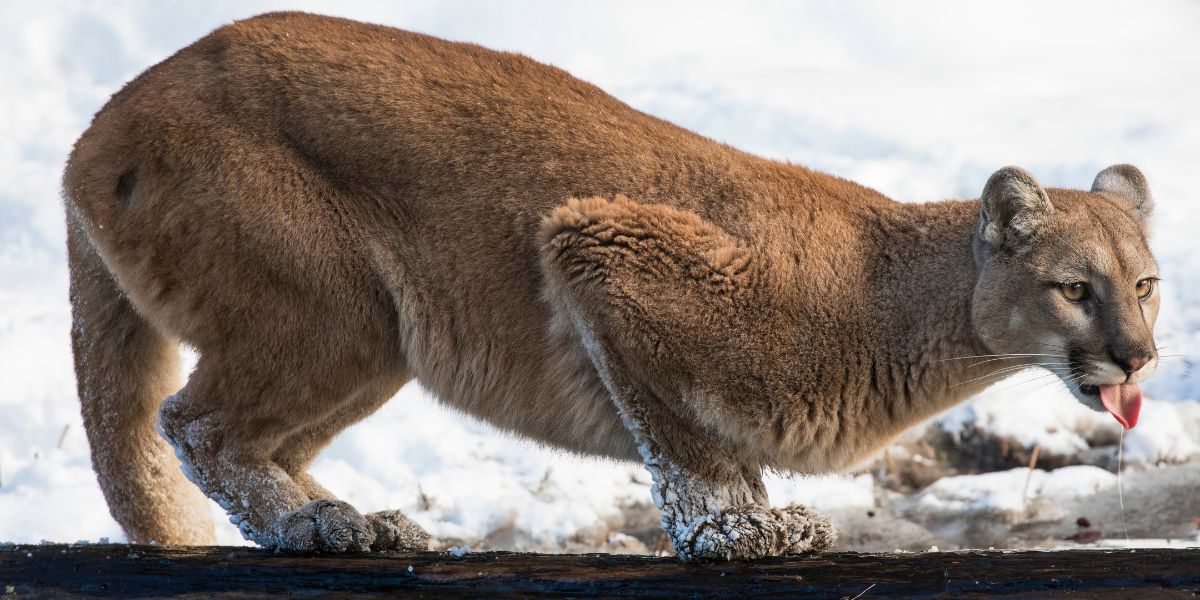In this webinar, Patrick Lendrum, Senior Science Specialist for World Wildlife Fund, will be sharing a glimpse into the secret lives of mountain lions and what 10+ years of research from Panthera’s Puma Program uncovered in and around Grand Teton National Park. The Greater Yellowstone Ecosystem is home to a complete suite of large carnivores including cougars, black bears, grizzly bears, and wolves, all of which compete for food and space making this a unique landscape. There is also a robust prey population of elk, deer, bighorn sheep, and a few others that might surprise you. And, as in most places, wildlife must navigate the influence humans have on the landscape from development and multiple land uses including grazing and hunting. In this presentation, Patrick will provide an overview of cougar habitat use, prey selection, social behavior, population dynamics and what influence wolves and humans have on the mountain lions of the region.
In case you missed it, watch it now!
Patrick Lendrum
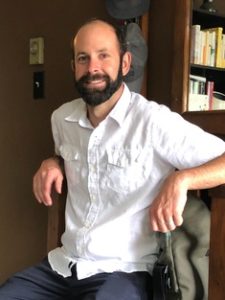 Patrick Lendrum is the Senior Science Specialist for World Wildlife Fund’s (WWF) Northern Great Plains (NGP) Program. He leads the development of science priorities for the program, implementing projects to answer key scientific questions that address the loss of native grasslands and the impacts that these losses may have on the wildlife and human communities that depend on them. Patrick also oversees the measurement of progress toward the NGP Program’s conservation goals and partnerships with a variety of stakeholders in order to develop shared conservation solutions.
Patrick Lendrum is the Senior Science Specialist for World Wildlife Fund’s (WWF) Northern Great Plains (NGP) Program. He leads the development of science priorities for the program, implementing projects to answer key scientific questions that address the loss of native grasslands and the impacts that these losses may have on the wildlife and human communities that depend on them. Patrick also oversees the measurement of progress toward the NGP Program’s conservation goals and partnerships with a variety of stakeholders in order to develop shared conservation solutions.
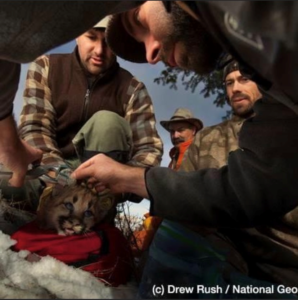 Prior to joining WWF Patrick earned his M.S. and Ph.D. examining the effects of human-caused land use change on wildlife communities and ways to minimize disturbance while promoting sustainable development. He has worked across the western US in a variety of habitats spanning costal rainforests to prairie grasslands, with species ranging from insects to grizzly bears. Patrick has partnered with State, Federal, Private, and NGO entities to build large-scale collaborations in diverse working landscapes. The research Patrick has been involved with has been featured in National Geographic Magazine, BBC documentaries, and published in numerous peer-reviewed scientific articles. He is thrilled to now be conducting applied science that contributes towards WWF’s mission of securing a future that meets the needs of humans and nature.
Prior to joining WWF Patrick earned his M.S. and Ph.D. examining the effects of human-caused land use change on wildlife communities and ways to minimize disturbance while promoting sustainable development. He has worked across the western US in a variety of habitats spanning costal rainforests to prairie grasslands, with species ranging from insects to grizzly bears. Patrick has partnered with State, Federal, Private, and NGO entities to build large-scale collaborations in diverse working landscapes. The research Patrick has been involved with has been featured in National Geographic Magazine, BBC documentaries, and published in numerous peer-reviewed scientific articles. He is thrilled to now be conducting applied science that contributes towards WWF’s mission of securing a future that meets the needs of humans and nature.



 Facebook
Facebook Twitter
Twitter Send Email
Send Email
